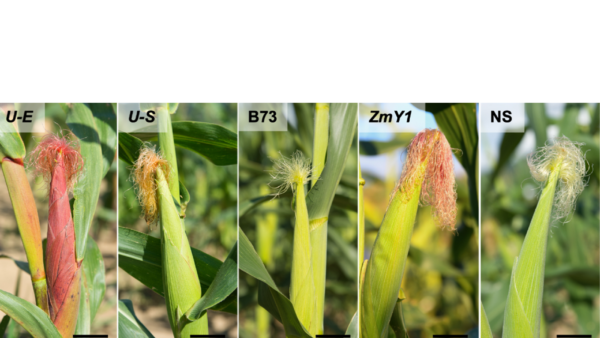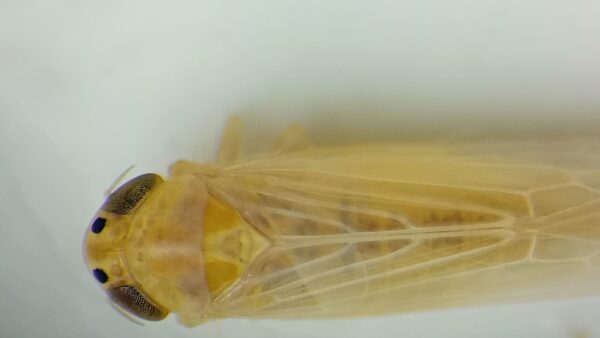There’s an old saying about the best laid plans of mice and men often going awry.
The point is that no matter how hard a person tries to make everything go right in life, things can get complicated very quickly.
Prior to my time working as a territory manager, I worked with an IP and seed soybean processor. We knew with the high pedigree how important it was to have pure seed. I did a lot of roguing, walking through breeder, select and sometimes foundation plots looking for off-types of soybeans and pulling the plants out. It doesn’t take much to ruin a field of very valuable product.
Yes, a lot of attention gets paid to ensuring quality seed is produced in the field. Varieties are bred to have ideal agronomics and traits. Inputs are manufactured to ensure the plants are kept healthy. Equipment is manufactured to ensure that seed is harvested properly.
But seed quality can also be managed beyond the field. It quite often has to be. After the seed is harvested, there are innumerable things that can occur that result in an impure product.
A few weeks ago, I was onsite while our colour sorter technician set up a new colour sorter for someone who wanted to separate GM soybeans from conventional. Roundup Ready soybeans typically have a darker hilum than conventional. Conventional soybeans are most often characterized by a yellow or white hilum. We were able to pull those dark-hilum beans out of the sample quickly and efficiently and ensure a clean final product using a colour sorter.
In the past, a situation like that — GM soybean mixed in with conventional — would be devastating to an IP or a food grade soybean producer. They could be growing the Roundup Ready soybeans all summer, thinking the field is good. Then it comes time to deliver their product at harvest time, and they get a positive Roundup Ready test result. This, of course, results in them getting turned away and they lose their premium.
A colour sorter is often the last defense when it comes to ensuring a quality final product. Unlike other parts of the process which can be affected by human error, modern colour sorters are highly accurate and virtually infallible to error with a little know-how and proper training.







